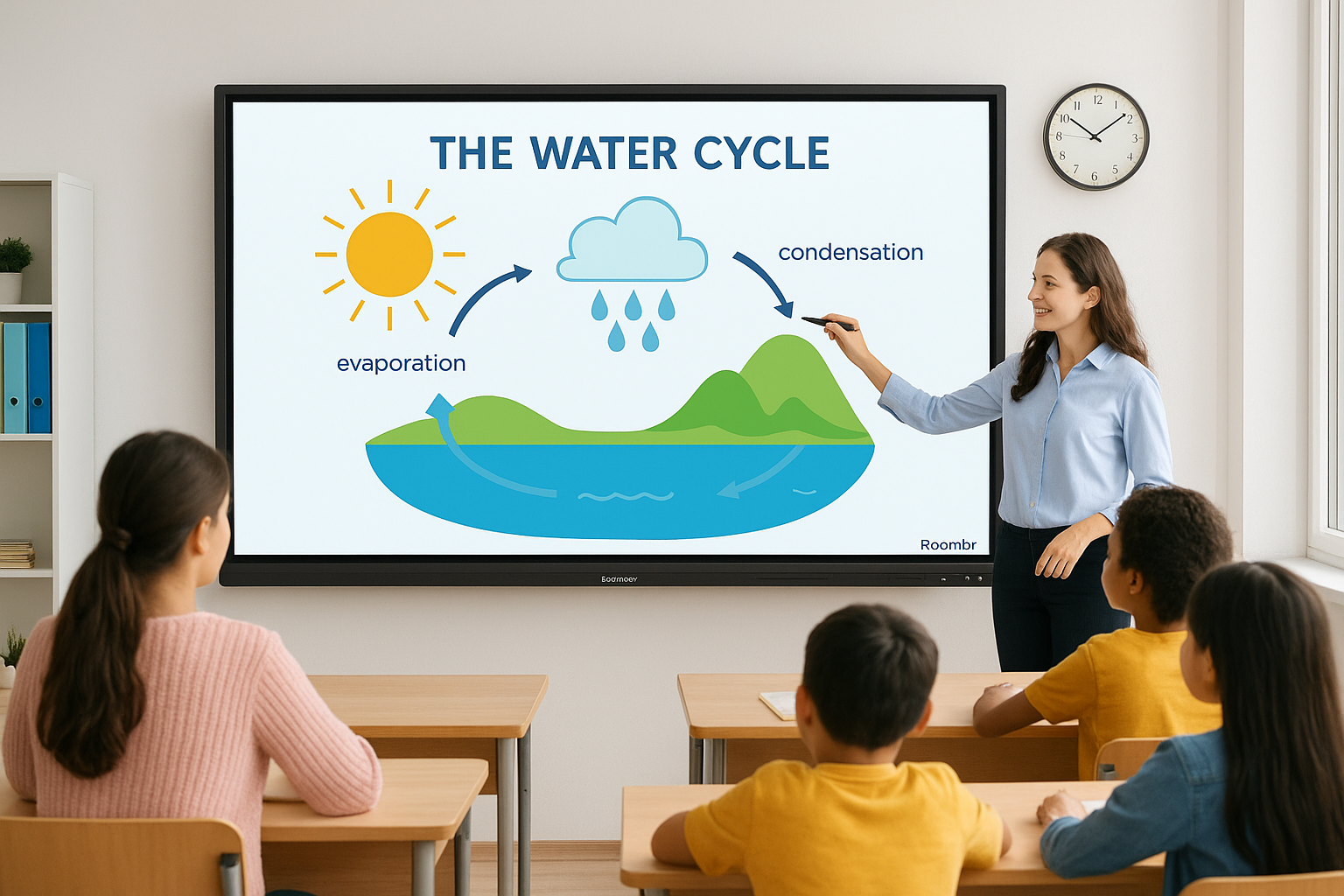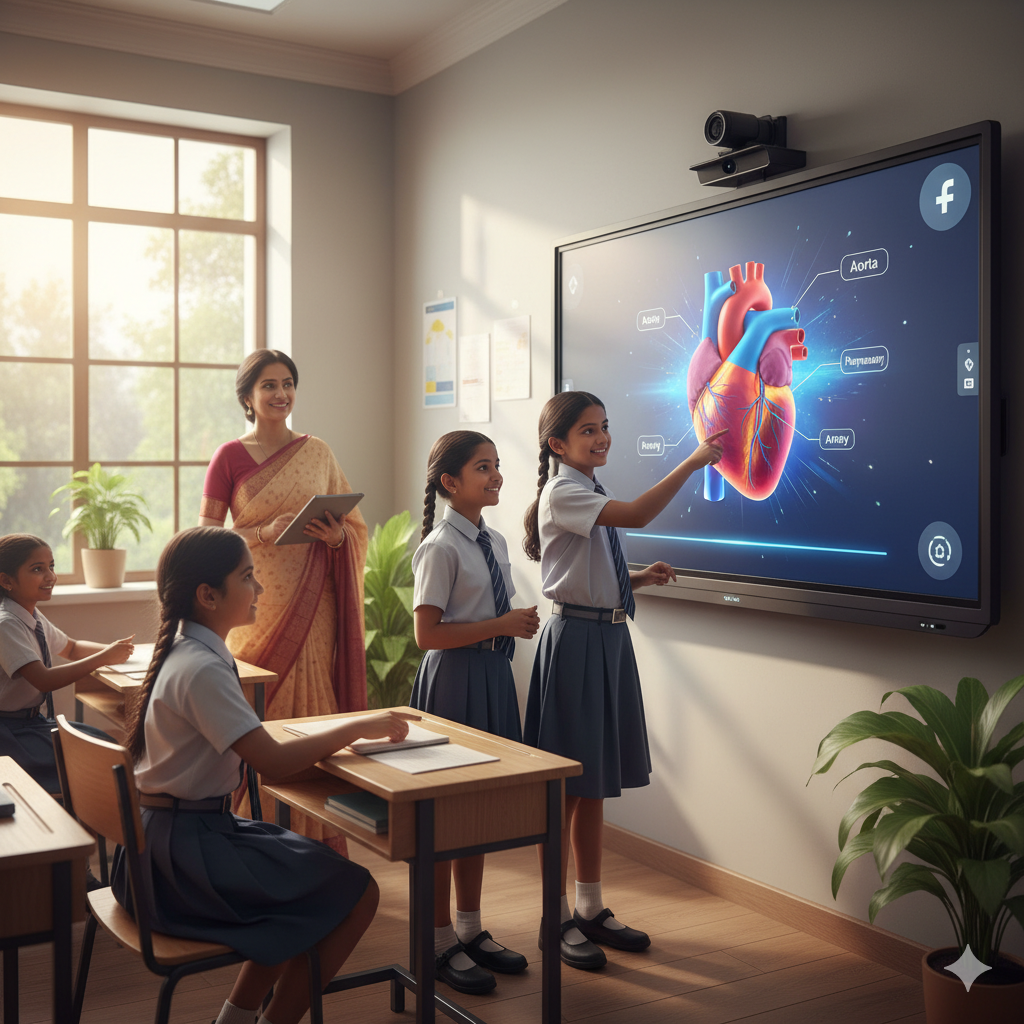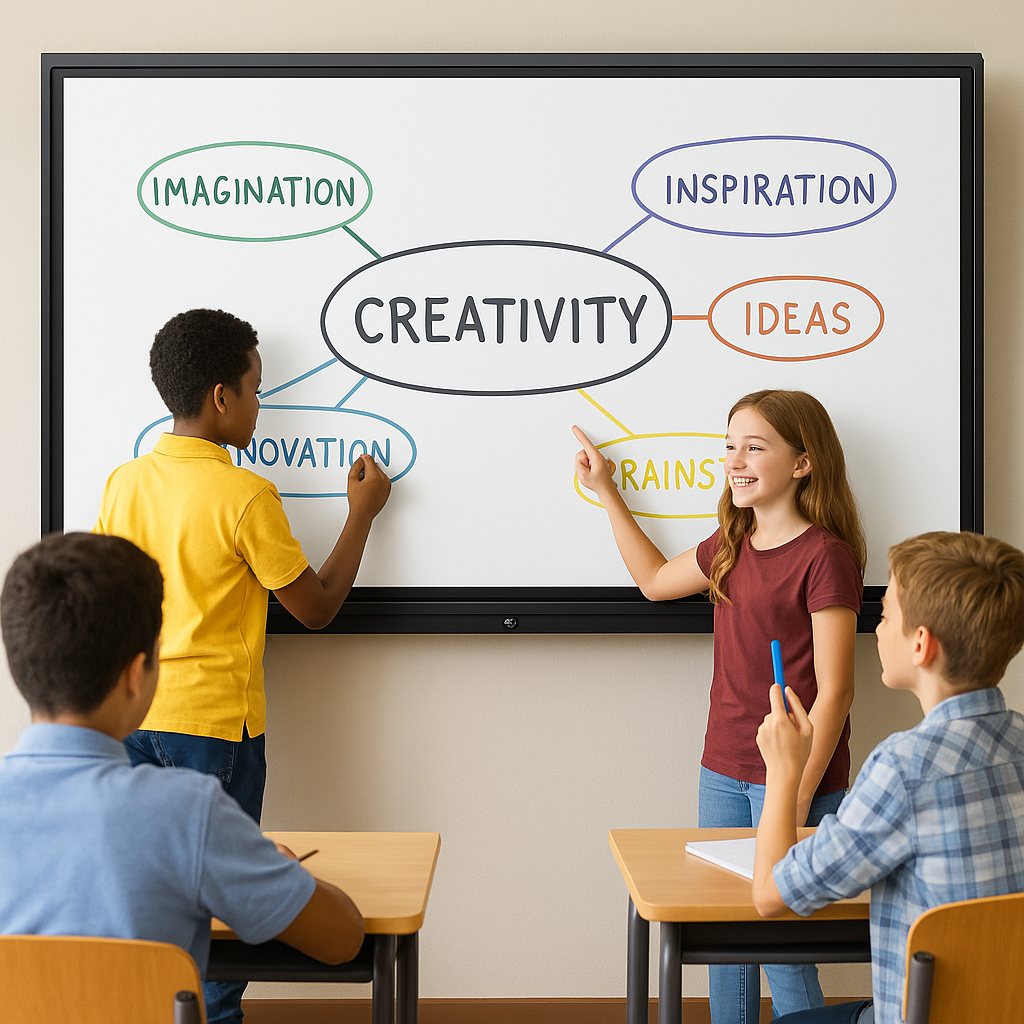Accessibility & Inclusive Teaching with Interactive Flat Panels

Interactive flat panels (IFPs) can be a practical backbone for inclusive classrooms but only when schools pick the right features, design simple teacher workflows, and measure what matters. This guide focuses on real, procurement-ready considerations and classroom solutions that help schools, colleges, and universities move from evaluation to pilot with confidence.
Why Interactive Flat Panels Matter for Accessibility
An interactive flat panel is not just a larger tablet. It bundles display, audio, camera, touch, and often an integrated OS. That consolidation matters for inclusion because it reduces device friction: fewer peripherals, fewer compatibility problems, and fewer barriers for teachers who already feel stretched. When accessibility tools are built in the device, they get used more. And consistent use is what actually changes outcomes for learners with differing needs.
Key Device Features that Actually Drive Inclusive Use
When evaluating interactive displays, prioritize features that reduce extra work for teachers and IT:
- Real-time Captioning & Transcription: Native captioning or seamless integration with video conferencing equipment so spoken language is captured and searchable. Look for local processing options if your campus needs privacy or offline reliability.
- Screen Reader & High-Contrast Support: Interactive flat panels should expose OS-level accessibility APIs so external screen readers and magnifiers work without hacks. Large-font UI modes and color-contrast presets are a must.
- Multiple Input Modes: Touch, stylus with palm rejection, external keyboard, and switch-access support let students with motor or coordination challenges participate. Make sure the panel supports input switching without rebooting.
- Strong Audio Capture & Noise Suppression: A quality microphone array plus echo/noise suppression improves live speech recognition and the experience of remote learners. Test with ordinary classroom noise levels.
- Multi-User Touch & Collaborative Tools: Simultaneous touches and shared object manipulation let small groups work together without one student dominating the input.
- Durability & Ergonomic Mounting: Height-adjustable stands or tilt mounts enable wheelchair access and varied sightlines. Panels built for heavy daily use reduce repair-related downtime.
- Built-In Recording & Export: Easy lesson capture (video + captions + slides) that exports in accessible formats (audio, captioned video, text transcript) reduces the need for follow-up conversions.
Practical Teacher Workflows that Reduce Friction
Accessibility features must fit into a teacher’s minute-by-minute routine. Design workflows that take seconds, not minutes:
- One-Tap Accessibility Profiles: Set up common profiles (e.g., “High Contrast + Large Text + Captions”) teachers can enable at the start of class. Profiles should be saved per classroom or per student group.
- Auto-Load Student Preferences: When students log into the LMS at the panel, their saved preferences (text size, contrast, caption language) load automatically. This reduces setup time and preserves dignity.
- Lesson Templates with Alternate Formats: Create lesson packages that include a main slide deck, an audio-narrated version, and a text transcript. Teachers toggle between versions rather than rebuild content.
- Fast Capture & Share: Record a lesson, auto-generate captions, and push files to the class portal with two taps. Students who need repetition can access lessons immediately.
- Low-Friction Assessment Access: Give students accessible assessment formats (read-aloud, extended time) via the panel so accommodations don’t require separate hardware.
Training & Change Management: Keep It Tiny and Practical
Teachers adopt features when the effort is tiny and the benefit obvious. Offer:
- One 20–30 minute hands-on session (set-up, a small demo lesson, and capture/share).
- A one-page “cheat sheet” with three scenarios: daily lesson, recording + captions, and quick accessibility preset.
- Two classroom coaching visits during the pilot window to help teachers embed features in real lessons.
Micro-training and coaching produce faster measurable improvements than long, theoretical workshops.
The Scale Factor: Why Interactive Flat Panel Size Matters for Inclusion

When schools evaluate digital classroom solutions, the interactive display size is often treated as a secondary factor—something that feels nice to have but not essential. In reality, it directly affects whether technology serves all students equally. A 65- or 75-inch panel may work in a conference room or a small group setting, but in a classroom with 35–40 students, it creates subtle but very real inequities. Students seated at the back often struggle to read text, see diagrams, or follow real-time annotations. Over time, that translates into disengagement and uneven learning outcomes.
This is where scale becomes a core driver of inclusion. Larger, all-in-one interactive flat panel solutions like Roombr’s 120–200 inch digital classroom setups, eliminate this visibility gap. By transforming the entire wall into an interactive canvas, every learner, regardless of where they sit, gets the same experience. Whether it’s a math equation being solved step by step or a science diagram being annotated live, clarity remains uniform across the classroom.
Bottom line
Interactive flat panels can make accessibility practical at scale if procurement teams demand the right device-level features, teachers get tiny, repeatable workflows, and pilots measure impact in teacher and student time saved. That combination turns accessibility from a promise into day-to-day practice.
See the Impact of Advanced All-in-One Interactive Flat Panel
Choosing the right interactive panel isn’t only about features. It’s about ensuring every student can see, hear, and engage without barriers. Roombr’s 120–200 inch all-in-one interactive flat panel solution transforms classrooms into inclusive, future-ready spaces where no learner is left behind. Built for India’s classrooms, it combines scale, simplicity, and power in one patented device.
If you’re exploring ways to improve visibility, participation, and overall learning outcomes, now is the right time to see how Roombr can help.
Book a free demo today and experience the difference in scale and inclusivity.
Foziya Abuwala
Share
Step Into the future of
Education with Roombr

















